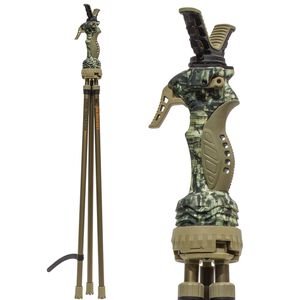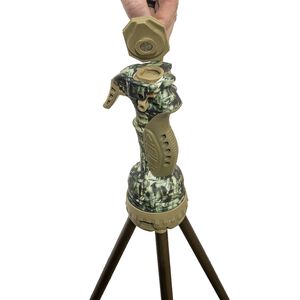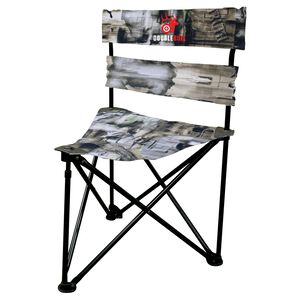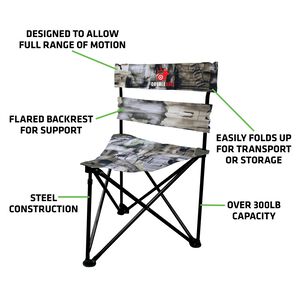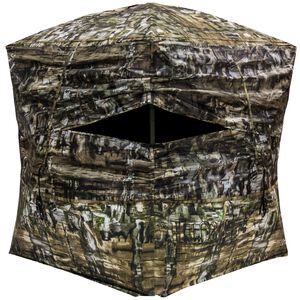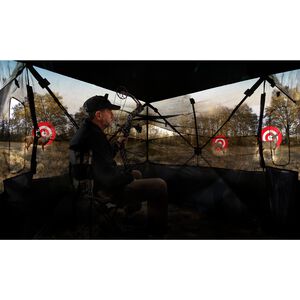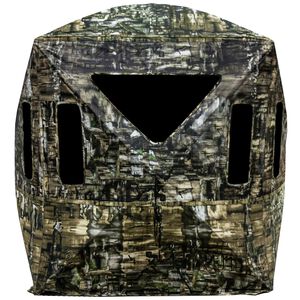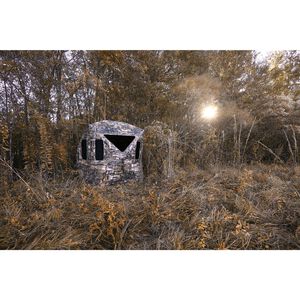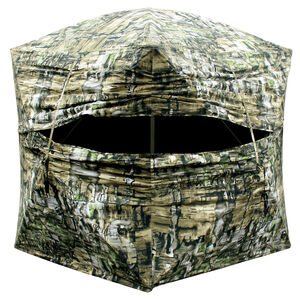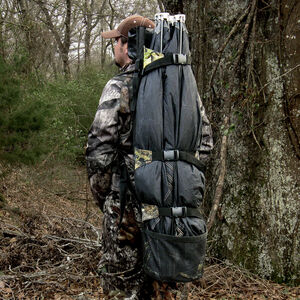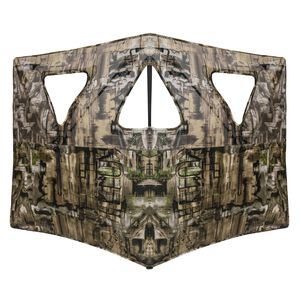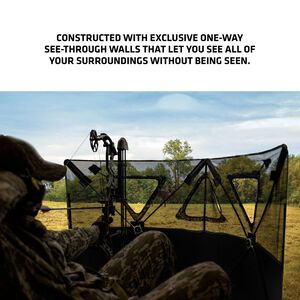Placing a ground blind is not always an easy task, and you can’t always get your ground blind out well ahead of time for deer to get used to it being there. So where do you put it?
Always try to have one area that deer can’t get downwind of easily, that may be a swamp, edge of a field, a steep cliff, or dropoff. You want to be able to close off one side to deer traffic so that you can potentially use that route to access your blind. While this isn’t always ideal, it is a really good practice to strive for.
As stated in our How To Hunt From A Ground Blind article, pinch points play a large role in a successful hunt. Sometimes pinch points are not always that obvious and not all tracts of land offer natural draws through acorn flats or natural funnels between two creeks or ridges. However, the fact remains that deer have travel routes in order to safely travel from a bedding area to feeding areas, usually in heavier cover than usual. If you are hunting in brushy areas that movement may be a gap in CRP or a low lying area between food plots, this can be very very subtle but plays a large role in how deer travel. Searching for these kinds of areas takes time, scouting, and trail cameras. With that said, there is no better scout than a hunt. Use your hunts to learn how deer travel from area to area. Once you have narrowed down your search, choose the wind that favors your location, preferably having the wind in your face but that may not always be the case. Set up on the downwind side of your pinch point and let the rest fall in place. Scent control will be minimized to some extent by the ground blind, but your regular scent control practices are still important. If you are not sure which blind is best for you, check out this article here.
